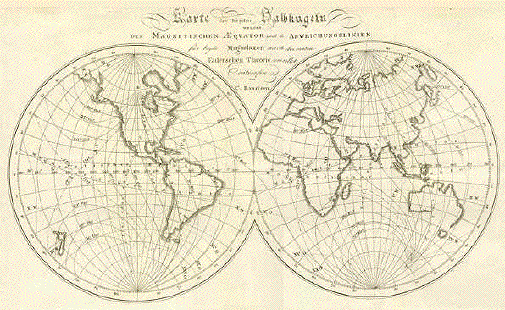http://www.nytimes.com/2014/06/26/upshot/where-are-the-hardest-places-to-live-in-the-us.html?_r=2&abt=0002&abg=0
The author(s) selected multiple factors to determine habitability and then distilled what mattered into a easily digestable graphic. (a rare treat) Regardless of whether the research or methodology is botched, coherent and effective representation is very challengeing. This is a fine product. Most of the other bivariate maps I found were boring, ugly, improperly used, or inappropriate for the theme and data. This map aligns perfectly with the concept and desired message. While it is likely many of the data sets had limited granularity, census block level data would improve the relevence and accuracy of the map. An additional description of the top factors that determine rank should be included for the reader. Furthermore, a breakout feature to immediately spotlight the best and worst counties could make the map more complete. I have yet to double check ColorBrewer for printability and visual issues, but I find the color scheme appealing.




